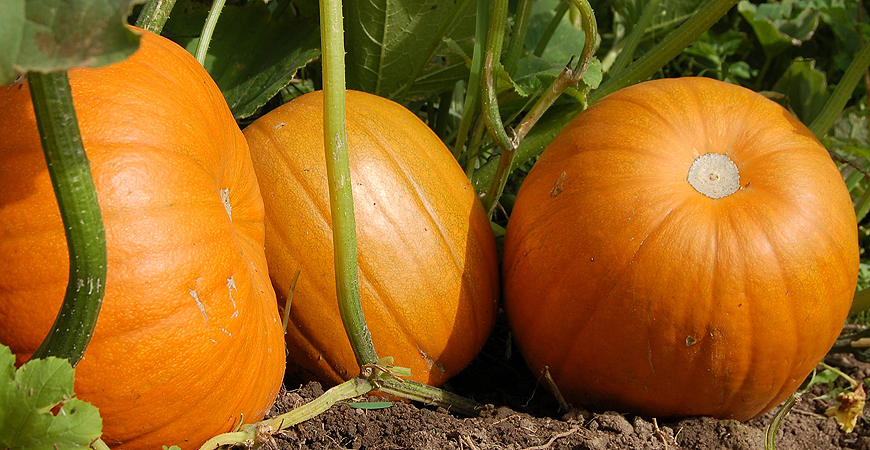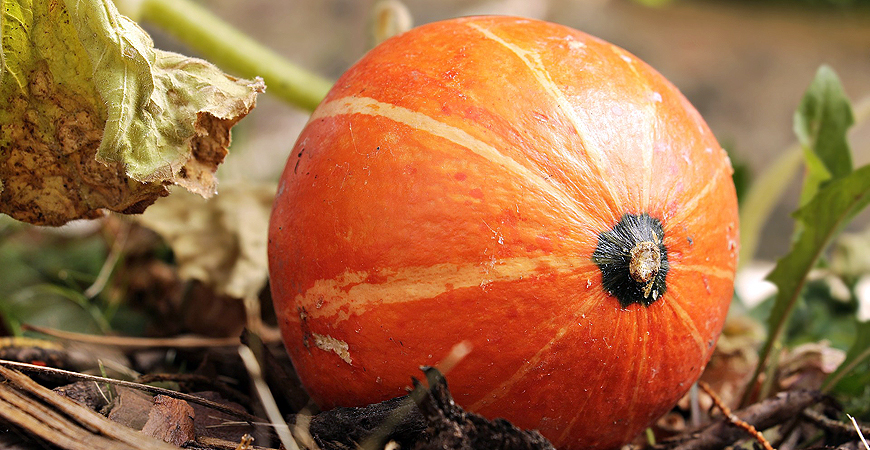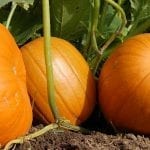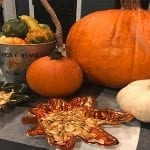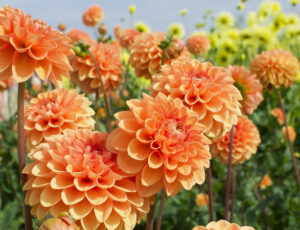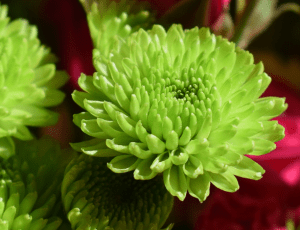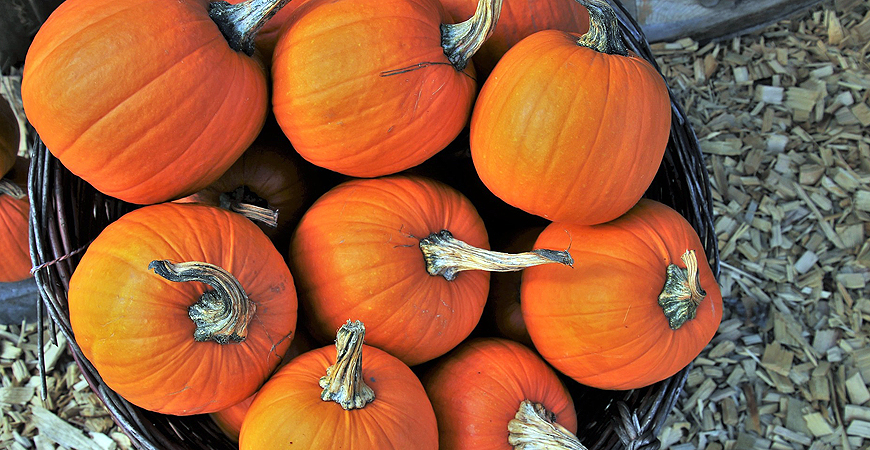
How to Grow Pumpkins for Fall Decorating and Enjoyment
Pumpkins are a must-have for fall decorating and for making holiday pies. Pumpkin vines tend to take up room in the garden so you’ll need a good-sized plot, but the big, orange bounty is worth the extra space.
Here’s how to grow pumpkins, and important tips on soil type, plant spacing, and pest prevention.
What type of soil should I use to grow pumpkins?
Pumpkins are heavy feeders and prefer rich, well-draining soil. Mix in a generous amount of compost or aged manure before you plant seeds or seedlings.
When should I plant pumpkins?
Pumpkins require a growing season of approximately 75 to 100 days. In the northern states, they should be planted in mid to late May.
Moreover, plant pumpkins from late June to early July in the southern states.
Pumpkins do best when grown from seed.
If your growing season is short, then plant seeds in peat pots approximately 2 to 4 weeks before the last frost date. And then transfer seedlings to the garden when the soil warms.
How do I plant the seeds or seedlings?
Wait until the soil is a minimum of 70 ºF or more before sowing seeds or transplanting seedlings. Pumpkins are cold-sensitive. The ideal soil temperature for planting is 95ºF.
Plant in rows or “hills”
If you are planting in rows, then space the seeds 6 inches to 1 foot apart in planting rows that are 6 to 10 feet apart. When seedlings emerge, thin them to one plant every 18 to 36 inches.
For planting in hills, prepare hills in advance by loosening the soil, mixing in a generous amount of compost, and shaping the soil into large mounds. Shape the soil mounds 6 inches to 1 foot high and approximately 36 inches in width.
Remove a little soil from the top of the mound. This will create a rim around the edge to hold water. Space the mounds 4 to 8 feet apart.
Planting pumpkins in hills is best because the soil warms more quickly and the seeds germinate faster. The hills also assist with drainage and minimize pests.
Sow seeds 4 to 5 seeds per hill and at a one-inch depth. Pumpkins vines require a minimum of 50 square feet to spread and grow.
Seedlings should emerge in about a week. When the plants grow to 2 to 3 inches tall, thin them to 2 to 3 plants per hill. Just trim the tops of unwanted seedlings so as not to disturb the roots of adjacent plants.
Place row covers over seedlings to protect them from nuisance insects. Remove row covers just before flowers bloom to allow pollination.
How much water does a pumpkin plant need?
Pumpkins thrive with plenty of water. Water your plants often – 1 inch of water per week is recommended. Water deeply, especially when fruits start to form.
Keep water away from the fruit and foliage to minimize rot and plant diseases. Spread mulch around the plants to suppress weeds, hold in moisture, and to minimize nuisance insects.
What pests and diseases should I watch out for?
- Squash bugs
- Cucumber beetles
- Aphids
- Squash Vine Borer
- Powdery Mildew
- Anthracnose
Bees are beneficial insects and important for pollination. Take care when using an insecticide to kill nuisance bugs. If you must use an insecticide, then apply it in the early evening, after the flowers have closed for the day.
When should I harvest my pumpkins?
Harvest pumpkins in fall, before the first frost. To cure pumpkins, pick and store them in a cool, dry place to let the outer skin harden. A pumpkin that has been cured and stored for a couple of weeks has the best flavor.
The fruit is ripe when the skin becomes a deep, orange color (for most varieties). Thump the pumpkin with your finger.
Furthermore, the pumpkin should sound hollow. Press a fingernail into the skin, if it resists pressure, it’s ripe.
How can I grow a giant pumpkin?
According to Guinness World Records Limited, the heaviest pumpkin recorded (2,624.6 pounds) was grown by Mathias Willemijns of Belgium in 2016. If you’re interested in growing a car-sized specimen, here are ten steps to growing a heavyweight.
Prepare the Soil
Test the pH of your soil in the fall and adjust the pH to between 6.5 and 6.8. Add lime to raise the pH or sulfur to lower it. Apply 2 to 5 yards of composted manure per 30-foot planting area.
Plant Seeds
Start pumpkin seeds indoors in peat pots, 4 weeks before the last frost date. Keep the soil temperature at 85 to 90 degrees F. Most seeds will sprout within a week.
Transplant Seedlings
Move seedlings to the garden when you see the first true leaves appear (usually 7 to 10 days after germination). Handle tender seedlings with care.
Protect Seedlings
Place a row cover over the plants for six weeks to shield them from frost.
Hand Pollinating Flowers
To hand-pollinate flowers:
- Locate a newly opened male flower
- Pick the flower and remove the outer petals to expose the stamen.
- Find a newly bloomed female flower.
- Gently swab the stigma (female flower) with the pollen-laden stamen.
- The earlier you pollinate a flower (before July 10) the longer the fruit will have to grow before harvest.
Moving a Set Pumpkin
Often the stem will grow at an angle to the vine. For best results, the stem should be perpendicular to the vine.
Gently move the fruit and stem, one inch or so per day, until it has been moved to the proper position. Be careful to avoid injuring the tender stem.
Select the Winner
By the middle of July, you may have several baby pumpkins. Now is the time to select the best-shaped, fastest-growing pumpkin and discard most of the others. An immature pumpkin that is evenly round and tall usually grows the biggest.
Prune Vines
Begin pruning vines early in the growing season to minimize plant spread. However, bury the ends of cut vines to minimize water loss.
Fertilize
Apply a water-soluble plant food once or twice a week over the entire growing area. Apply water-soluble fertilizer at the rate of 1 to 2 pounds per week per plant.
Some competitive growers may over-fertilize a little. But, too much fertilizer can cause the fruits to grow too quickly.
Pumpkins that grow too fast may break from the vine and some may literally explode!
Keep a Record
Measure your pumpkins once a week for circumference size. This measurement will give you a current estimate of the pumpkin’s weight.
Who doesn’t love pumpkins for fall decorating? Pumpkins love rich, well-draining soil and lots of room to grow.
Whether you plant pumpkins in rows or hills, make sure to give them plenty of water and apply fertilizer regularly. Soon you’ll enjoy a bountiful harvest from your garden.

